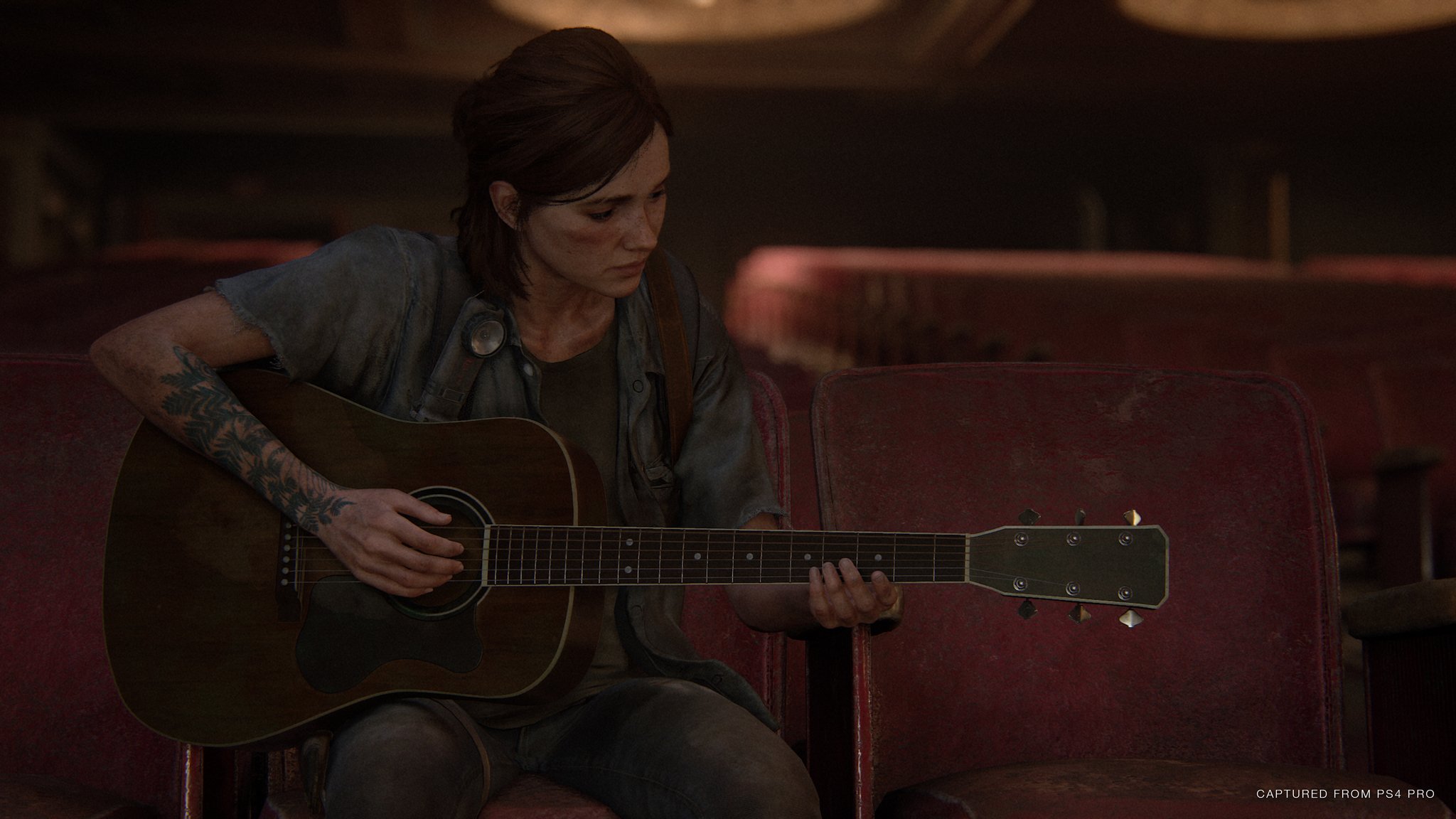Android Central Verdict
Bottom line: The Last of Us Part II is an outstanding achievement in storytelling with believable, flawed characters, but some of the narrative decisions are sure to be divisive. Though the journey itself is impactful and well-crafted with surprises in store that don't feel cheap, I can't say it'll be a satisfying ending for everyone.
Pros
- +
Nuanced, memorable characters
- +
Answers lingering questions from the first game
- +
Seattle is beautiful and exploration is rewarding
- +
Fun, tense combat
- +
Amazing visuals
Cons
- -
A couple of unsatisfying narrative moments
- -
Pacing near the end feels sloppy
- -
A couple of performance issues
Why you can trust Android Central
Should The Last of Us be a standalone game?
That's a question countless fans have asked since its release in 2013. When you have an ending so perfect, it's hard to go back for fear that a continuation will ruin it. Does an ambiguous ending even need answers? When players have their own theories, not everyone will be satisfied. The Last of Us Part II, by its mere existence, was going to be divisive. After spending over 22 hours with it, I can say that divisive doesn't even begin to describe it.
Truthfully I'm still trying to process everything that I experienced. It's been difficult to compose my thoughts surrounding the game, but I hope I do it justice. It's something that I'll think about for a long time, and my opinion of it honestly may change. Naughty Dog doesn't shy away from uncomfortable topics, and certain scenes can get heavy.
If you're looking for a beautifully crafted post-apocalyptic world, it doesn't get much better than this. The game is just about as polished as can be, and everything from the acting to the level design is impressive. What's going to divide players is the story. There's a lot to discuss, but we'll keep this review as spoiler-free as possible.
Disclaimer: This review was made possible by a review code provided by Sony Canada. The company did not see the contents of the review before publishing. Per the embargo agreement, I am unable to use my own screenshots from the game. Only assets provided by Sony are used in this review. No doggos were (willingly) harmed during my playthrough.
The Last of Us Legacy
The Last of Us is largely regarded as one of the greatest games ever made. Set in a post-apocalyptic America after an outbreak of the Cordyceps virus ravaged the population and turned those infected into mutated creatures, the story follows Joel and Ellie across the country as they make their way from Boston to Salt Lake City in the hopes of developing a vaccine from Ellie's immunity.
Joel and Ellie's relationship was the highlight of the game's narrative. After losing his daughter at the beginning of the pandemic, he spent years shutting off his emotions and cutting out people from his life. Once he spends time with Ellie, that changes. He comes to view her as a daughter and would do anything to save her. Their relationship is at the core of this entire series.
Get the latest news from Android Central, your trusted companion in the world of Android
At the end of the game, when he realizes that developing a cure — one that could potentially save millions — would come at the cost of Ellie's life, he stops it from happening. The final scene leaves us on one of the most poignant moments in video game storytelling as Joel lies to Ellie about the existence of other immune survivors, attempting to assuage any guilt that Ellie feels while keeping the truth of his actions hidden.
The Last of Us Part II A story of hate
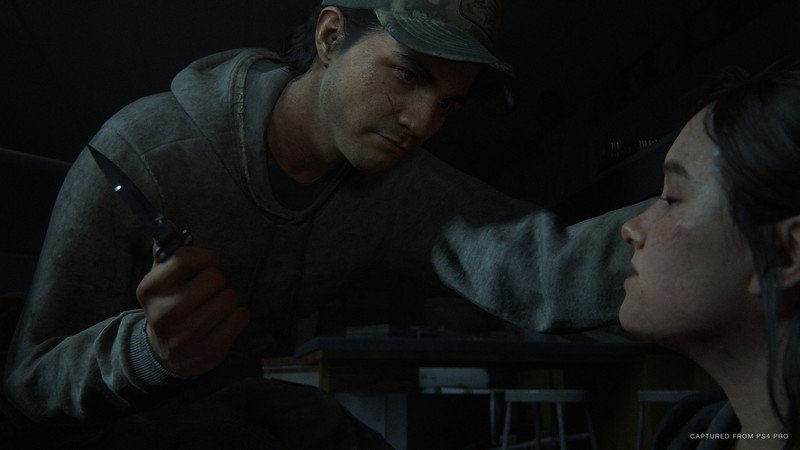
| Category | GameNameXXX |
|---|---|
| Title | The Last of Us Part II |
| Developer | Naughty Dog |
| Publisher | Sony Interactive Entertainment |
| Genre | Action-adventure |
| PlayStation Version | PlayStation 4 |
| Game Size | 76.3GB |
| Play Time | 22 hours |
| Players | Single-player |
| PlayStation Now | No |
| Launch Price | $60 |
If the first game was about love, the sequel is about hate. That was one of the first things that Creative Director Neil Druckmann said about The Last of Us Part II when it was revealed at PlayStation Experience 2016. Not only is it about Ellie's hate, but it's also about ours. The studio has said in no uncertain terms leading up to release that a traumatic event kicks off Ellie's path of revenge. When players experience what this event is, I think they'll understand why Ellie does what she does. They'll want revenge — and answers — just as much.
For those who have seen spoilers already, trust me when I say you'll have no idea how this is going to play out. I saw one of the (arguably) biggest spoilers of the game ahead of time, and the scene still blindsided me. There are a ton of surprises in store, some of which left my jaw hanging open and tears in my eyes. Naughty Dog is a master of misdirection and is at its best during intimate character moments. That remains true in The Last of Us Part II.
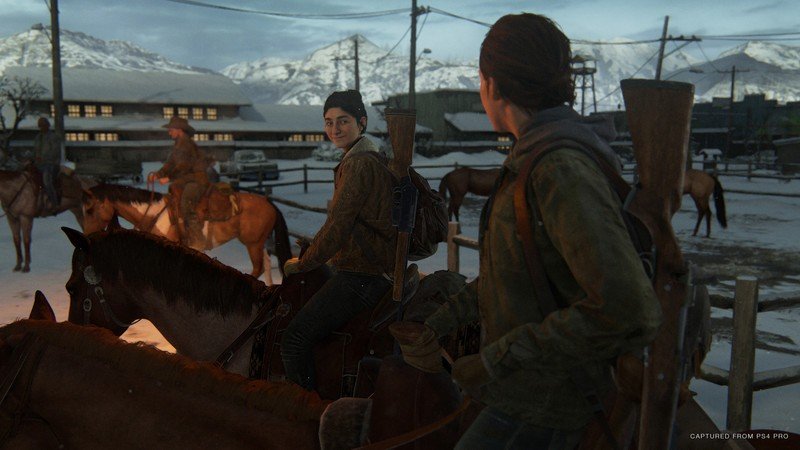
One scene that I keep remembering is a flashback between Joel and Ellie years prior, devoid of any combat. I felt like I could sit back, actually enjoy the scenery, and take it all in without worrying about anything. This was Joel doing something special for Ellie, and she just got to relax and be a kid, something the world stole from her. Naughty Dog knows when to give these scenes space and let the characters breathe.
Naughty Dog is a master of misdirection and is at its best during intimate character moments.
The moments of payoff you've been waiting for don't disappoint, either. The Last of Us Part II answers lingering questions from the first game and gives us closure for a few story threads. It is very much the second half of a larger, singular story, as divisive as that story may end up being.
Towards the end of the game, the pacing feels a little sloppy. There's one section in particular that I initially thought was a dream sequence because it felt so out of place. I think that The Last of Us Part II goes on for maybe an hour or two too long, and could have been wrapped up in a more satisfying manner.
The Last of Us Part II Nuanced characters
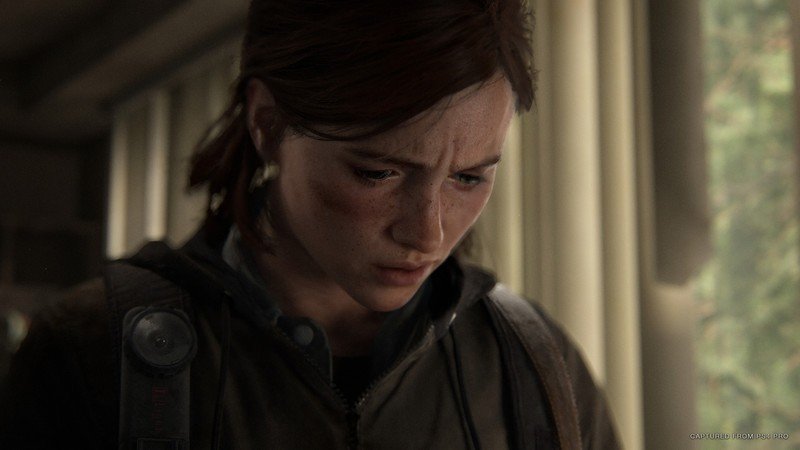
First off, just having Ellie as the lead character is a huge step forward for the games industry given her gender and sexuality, and putting such a strong emphasis on her relationship with Dina adds to the emotional weight. Moments of dialog between these two characters feel special, even something as small as random quips outside of cutscenes. The diversity is spread throughout the rest of the cast as well with other LGBTQ+ characters and people of color.
Naughty Dog does an excellent job of making its antagonists sympathetic.
On the other hand, Naughty Dog does an excellent job of making its antagonists sympathetic. This goes much deeper than having enemies cry out the names of their fallen comrades. As you'll come to see throughout the game, Ellie and Abby, who plays a central role in the game, are two sides of the same coin. Their motivations are heartbreakingly similar.
Abby isn't all that she appears to be on the surface. Naughty Dog hasn't detailed her character too much for good reason, as doing so would spoil the game.
Even when games try to paint their antagonists as sympathetic, they usually fall flat in one way or another. Without spoiling too much, we come to see Abby's point of view with greater clarity. Her actions make sense within the context we are provided. I genuinely felt for her. The Last of Us Part II pulls this off with greater effect than any other game I've played. This is helped along by the performances, especially from Ashley Johnson (Ellie) and Laura Bailey (Abby).
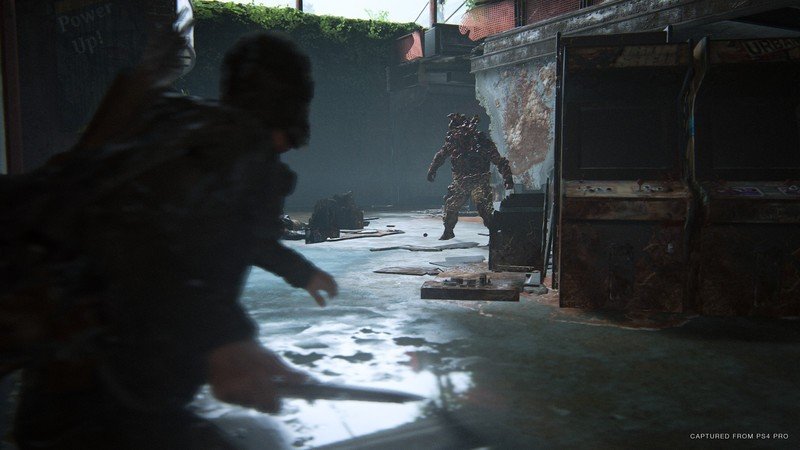
It's then surprisingly easy to see the Washington Liberation Front in a positive light, just as you already can for Jackson's settlement, and even the Seraphites (Scars) to a lesser extent. These are all groups of people who have banded together as society collapsed. They have their own wants and fears and relationships.
You can't lump any of these factions together and label them all as these evil villains, even if they serve as antagonists in the narrative. These societies are complex. You'll find notes and hear characters speak about how they disagree with some of the choices their leaders make. It's all about survival.
One thing is clear after playing The Last of Us Part II: Any of these characters would have taken similar actions to one another if their roles were reversed.
The Last of Us Part II Naughty Dog's largest, most brutal world yet
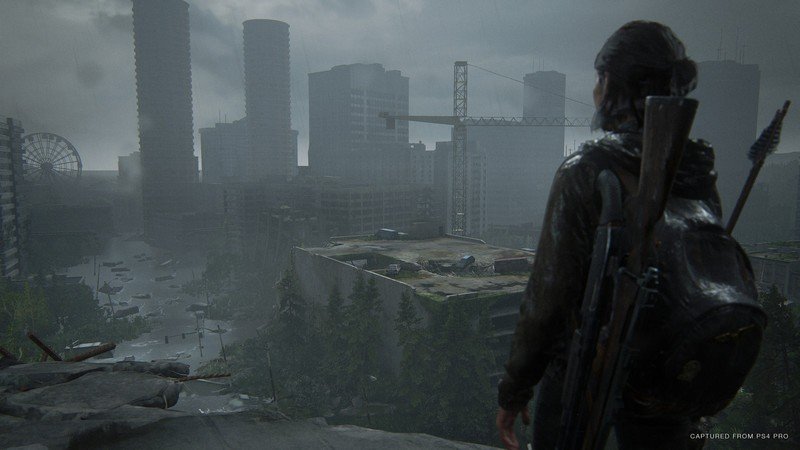
I wouldn't call The Last of Us Part II open-world, but it is the most open environment that Naughty Dog has created to date, both in terms of actual size and complexity. Progression is linear despite the huge world, for example. Even without waypoints of any kind, it's easy to know where to go. You just follow the natural progression of the environment and you won't get lost.
The ruins of Seattle are impeccably crafted, from the dilapidated hotels and overgrown neighborhoods to the flooded streets of downtown. Every apartment and house feel unique, not like Naughty Dog reused assets. The studio made it so that players will get a sense of the previous occupants' lives. This is only compounded with personal notes you can find strewn about from those who have died. They tell their own mini-stories within the larger world.
The ruins of Seattle are impeccably crafted.
Even the more "gamified" aspects feel realistic. How many times have you been playing a video game where you walk into a room and immediately know there's a fight about to go down because of the conspicuously-placed objects for cover? I never felt that here. Logically, I know that the world was designed with cover like this in mind, but it feels natural within the context of the game. Of course, there's a broken-down car on an abandoned street for cover, for example.
The combat and stealth elements are similar to what you'd expect from the first game. While the dedicated jump, dodge, and prone buttons give players more options in how they can approach a scenario, it doesn't feel drastically different here. Still, combat is brutal and visceral. You can feel the moment Ellie's knife sinks into someone's neck.
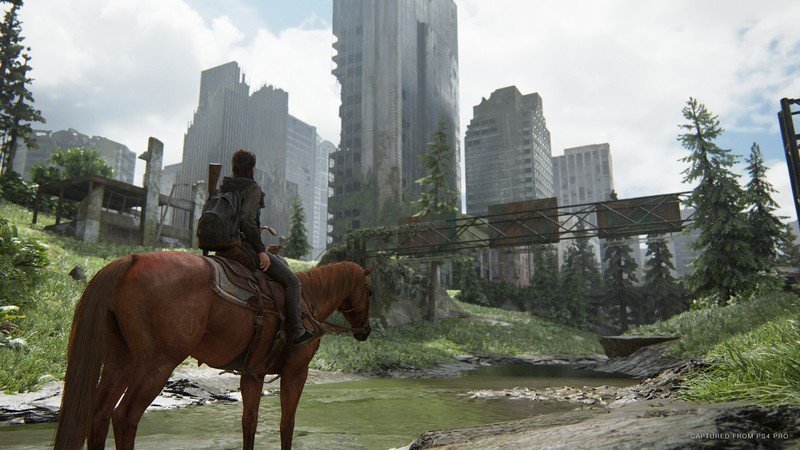
Skill trees and weapon upgrades are also about what you'd expect. You can unlock new skill trees with training manuals and purchase skills with supplements. These can range from the ability to craft a silencer for your pistol to improved movement speed while you're prone. Weapon upgrades themselves are fairly simple with things like stability, capacity, and damage that can be improved.
The upgrades and skill trees feel like a natural progression of what we saw in the first game, but expanded upon to include new crafting options (hello, explosive arrows) and skills. The first game was fairly limited in its offerings with elements like crafting speed and weapon sway. There's nothing game-changing here, but I do like a wider variety of options that cater to different playstyles. On the flip side, it meant that a couple of training manuals I found were useless because I didn't care to purchase any of the skills they unlocked.
The infected are sufficiently scary and lethal.
Naughty Dog teased more types of new infected than what was previously revealed, and there's exactly one enemy you'll encounter that fits the bill. This boss fight took me several pipe bombs, an automatic rifle, a shotgun, and a flamethrower to beat it. It's The Last of Us Part II's most formidable enemy by a mile, and the design is sufficiently grotesque for an infected that's been mutating over the years.
The rest of the infected, including the newly introduced Shambler, are sufficiently scary and lethal. They may not be able to shoot guns at you from afar, but I found stealth and combat situations with the infected much more intense than other human enemies. Human enemies run for cover and strategize. Infected have a single-minded goal to tear your apart. They swarm and overwhelm you to a point where you can't just bash them with melee weapons and hope for the best.
The Last of Us Part II Is this the game we need right now?
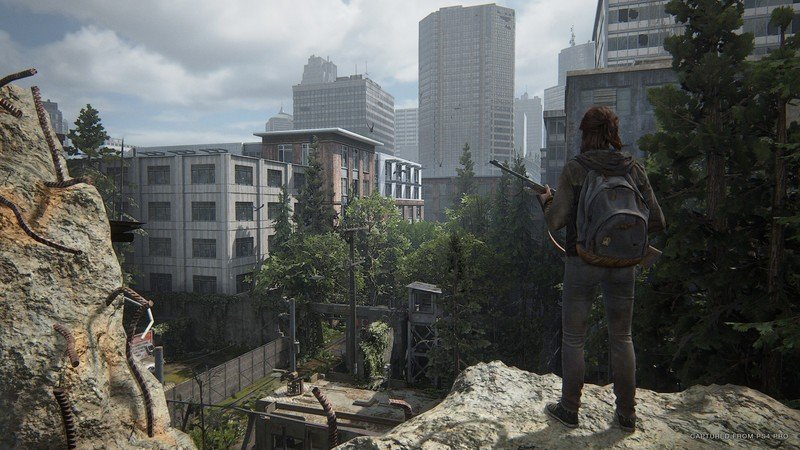
Media isn't created in a vacuum. Naughty Dog surely couldn't have predicted what the world would be like when The Last of Us Part II released, but it's still fair to question whether this is the type of game we need right now. What it says about us as people and as a society can be interpreted in multiple ways. At its core, it says we're all flawed and capable of strong emotions, whether they be intense love or intense hate. These things go hand in hand and are inextricably tied to one another.
The violence and brutality in The Last of Us Part II is a lot.
There's a message about violence and the lengths people will go to enact justice. But who decides who's right? That's a question the game seems to ask, but I'm just not sure it answers in any meaningful way. Instead of taking a stance one way or the other, it's left up for the player to interpret. The violence and brutality in The Last of Us Part II is a lot. I wouldn't go so far as to say gratuitous, but definitely uncomfortable.
I can appreciate Naughty Dog's willingness to show us "both sides" of a situation, so to speak, but I don't think that's the messaging we need to be seeing right now when police are murdering innocent black people in the streets with impunity and white supremacists are being called "very fine people" by the President of the United States.
Just as Death Stranding launched a few months too early to be truly relevant, I wonder if this launched a little bit too late.
At the same time, this game was never meant to be comforting. Plus, for all of its unrepentant brutality, there are moments of beautiful optimism, too. Ellie and Dina at one point imagine what their lives would be like in the future if they ever got to settle down. One character purposefully puts down their weapon against a defenseless enemy because they see how senseless the violence is. These quiet, introspective moments are what Naughty Dog does best.
The Last of Us Part II Performance and graphics
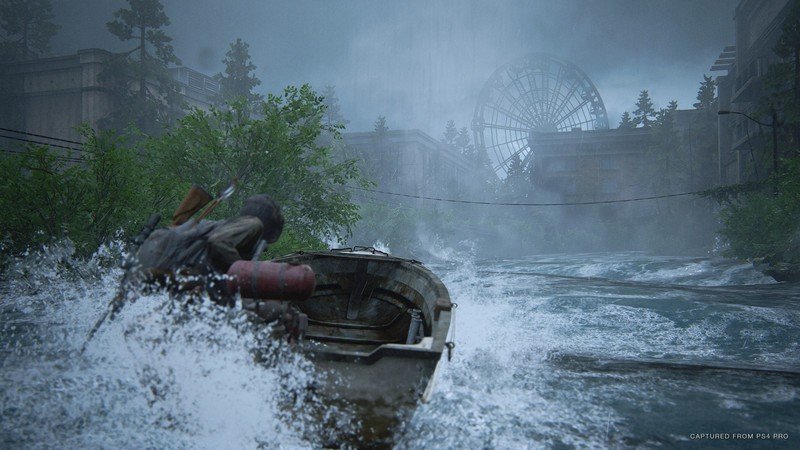
Sony games do hyper-realism like no others. In cutscenes especially, the level of detail is astounding. You can see the freckles on Ellie's face and veins on Joel's arms. Screenshots almost look like actual photographs. If you come for the graphics, you won't be disappointed in that regard.
Performance is similarly good, but it does have a couple of issues. At one point in The Last of Us Part II, the game crashed to my PlayStation home screen after experiencing an error. There were also a handful of times where the geometry of Ellie's character model would stretch out, and one time her left arm was stuck out to the side like half of a T-pose. A cutscene didn't fix this, so I ended up needing to quit the game and load it up again. A day-one patch should fix this.
As far as frame rate goes, it's all fairly consistent. I never had any problems with it and I didn't encounter any lag or serious glitches.
The Last of Us Part II Final thoughts

I can't say that The Last of Us Part II is better than its predecessor. I might be comfortable saying it's just as good in its own, different ways. It's certainly going to be divisive, but I don't think Naughty Dog minds that. As one character says, if they had a chance to do it all over again in the exact same way, they would.
Like the characters that Naughty Dog so finely crafts, The Last of Us Part II is nuanced and complex and messy and beautiful. It isn't perfect, but nothing is. Above all, it's human.
4.5 out of 5
Barring a couple of technical hiccups, I greatly enjoyed my time with The Last of Us Part II. It was mentally and emotionally draining at times, but I wouldn't have it any other way. From Jackson, Wyoming to Seattle, Washington and beyond, you're in for a journey that won't soon be forgotten.
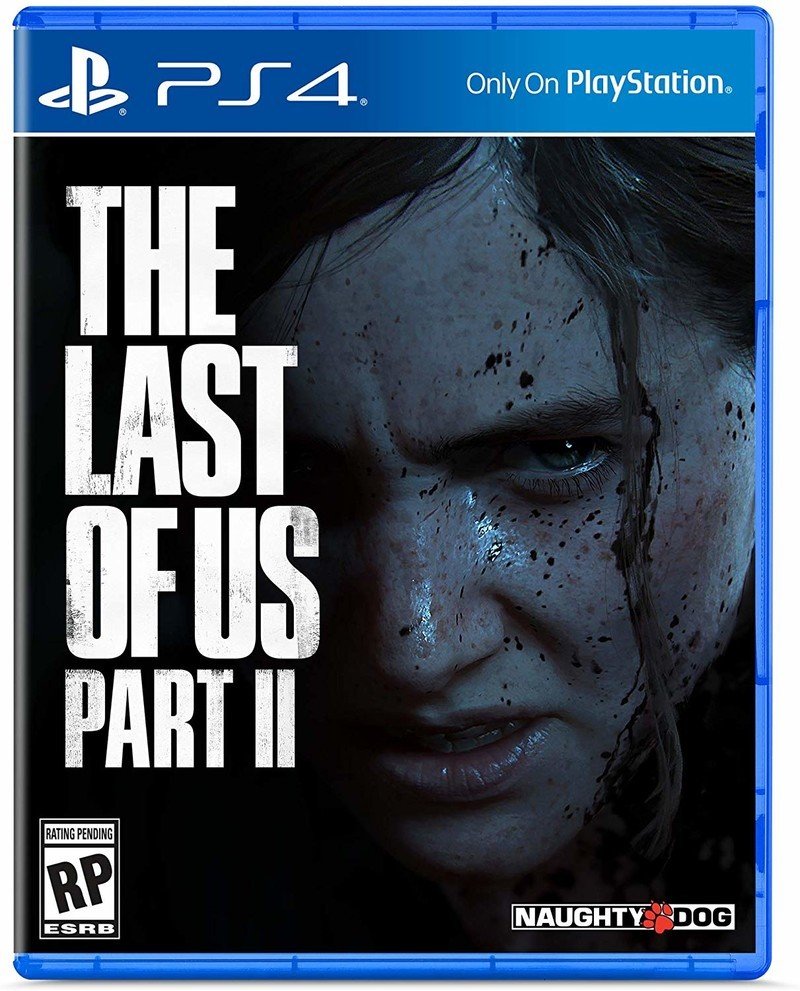
Ellie and Joel's story comes to an end
The Last of Us Part II is an outstanding achievement in storytelling with believable, flawed characters, but some of the narrative decisions are sure to be divisive. Though the journey itself is impactful and well-crafted with surprises in store that don't feel cheap, I can't say it'll be a satisfying ending for everyone.

Jennifer Locke has been playing video games nearly her entire life. You can find her posting pictures of her dog and obsessing over PlayStation and Xbox, Star Wars, and other geeky things.
